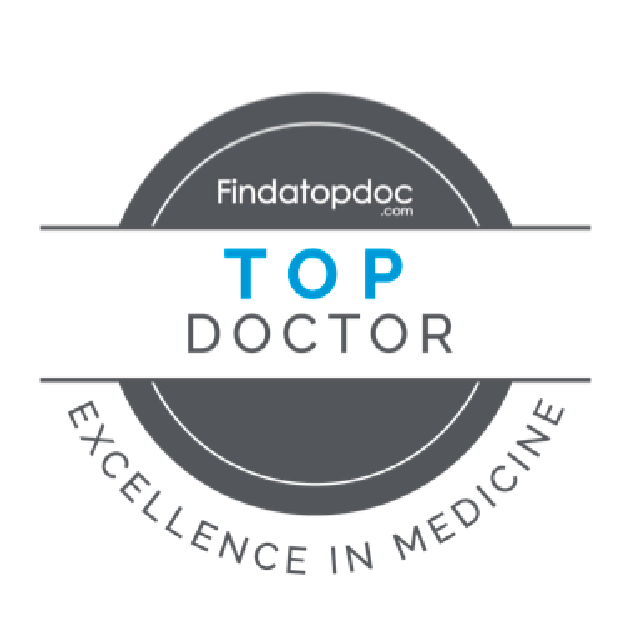Published on: March 26, 2020 | Updated on: March 2, 2024
Aging is a natural process in the body that causes cells to deteriorate. The body is capable of regenerating many of its cells, but the effects of this cell death become more prominent as the body becomes less able to repair and regenerate cells faster than they are dying. Because of this, it’s no surprise that regenerative therapy is a good option to repair deteriorating skin – and there are thousands of other methods for looking younger.
Many over-the-counter treatments for wrinkles, which are mostly sold as creams, can reduce the appearance of wrinkles over time. Not all treatments produce immediate results. Other popular long-term wrinkle treatments are:
- Eating Well
- Quit smoking
- Stay Hydrated
- Keep Up On Sleep
- Moisturize
Some individuals are seeking more immediate results, however. For a quick pick-me-up, many individuals turn to slightly more invasive, yet effective, facial treatments. These can include:
- Fillers
- Chemical Peels
- Botox Injections
- Laser Treatments
Though these are some of the most popular, there are many options for someone who is looking to reduce the appearance of wrinkles.
One new way to combat wrinkles is through regenerative medicine. Using the body’s own regenerative cells, doctors can enhance the skin’s production of important structural cells like collagen and elastin.
Collagen and elastin play a crucial role in skin health, as they keep it supple and able to return to its original position after being altered or used. Wrinkles form when these proteins can no longer produce new cells – but regenerative facials can help restimulate them.
Regenerative Cosmetic Therapies
Stem cells can be injected into the face to provide a “lift” effect. They do this by binding to old or damaged cell structures which they then imitate by reading the cell’s genetic information and replicating it. In doing this, stem cells can rejuvenate collagen and elastin levels. These cells can also heal and repair other damage, so they can be beneficial for acne breakouts, scars, and generally baggy skin like under-eye bags.
Platelets are a component of the blood that also plays a role in cell repair. By injecting platelets into the face, skin cells begin a restorative journey – effectively minimizing the appearance of wrinkles and slowing down the processes that form them in the first place.
Regenerative cosmetic therapies such as these are important to consider because they are low-risk compared to other anti-aging treatments. This is because the risk of infection, allergic reaction, rash, and other side effects is less likely to occur because it uses the patient’s own cells.
Platelet-Rich Plasma, or PRP, is gathered from a blood sample that is placed in a centrifuge to separate the platelets from the rest of the blood. Stem cells are gathered from either fat, bone marrow, or blood cells.
Doctors may use a combination of stem cells and PRP to administer these injections – this will be determined during a comprehensive consultation. During this consultation, a trained medical professional listens to all of the patient’s symptoms and examines their skin to determine what treatment will be best for their particular condition.
Overall, looking 10 years younger can be a gradual process – or it can be quick. If you’re looking for results that show in only a matter of days, consider regenerative facials for a low-risk way to rejuvenate skin.
CELLAXYS does not offer Stem Cell Therapy as a cure for any medical condition. No statements or treatments presented by Cellaxys have been evaluated or approved by the Food and Drug Administration (FDA). This site contains no medical advice. All statements and opinions are provided for educational and informational purposes only.
Dr Pejman Bady
Author
Dr. Pejman Bady began his career over 20 years ago in Family/Emergency Medicine, working in fast-paced emergency departments in Nevada and Kansas. He has served the people of Las Vegas as a physician for over two decades. Throughout this time, he has been met with much acclaim and is now the head of Emergency Medical Services in Nye County, Nevada. More about the doctor on this page.
Dr Pouya Mohajer
Contributor
Pouya Mohajer, M.D. is the Director of Spine and Interventional Medicine for CELLAXYS: Age, Regenerative, and Interventional Medicine Centers. He has over 20 years of experience in pain management, perioperative medicine, and anesthesiology. Dr. Mohajer founded and is the Medical Director of Southern Nevada Pain Specialists and PRIMMED Clinics. He has dedicated his career to surgical innovation and scientific advancement. More about the doctor on this page.









